Baoquocte.vn. The Hanoi Capital Planning for the period 2021-2030, with a vision to 2050, is a comprehensive plan, synchronously integrating specialized and related sectoral plans in the entire city, linked with national plans, national sectoral plans, and regional plans.
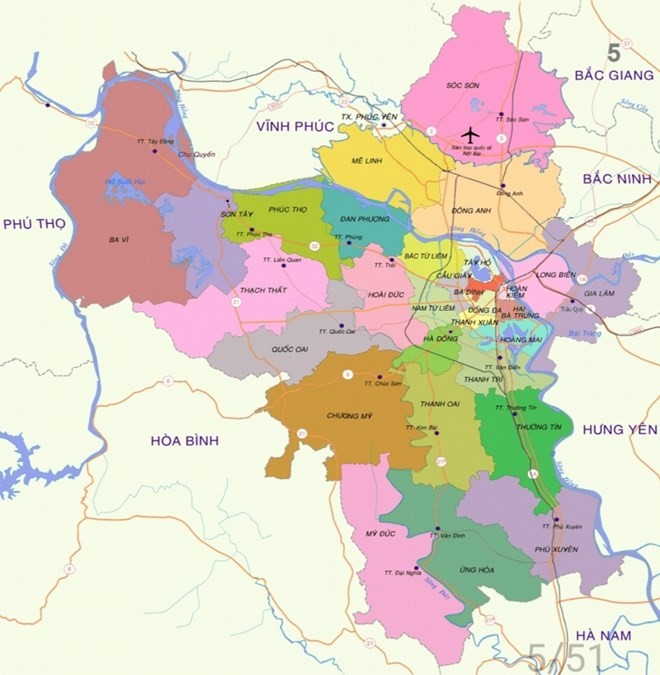 |
| Hanoi People's Committee has launched a consultation on the draft Hanoi Capital Planning for the 2021-2030 period, with a vision to 2050. (Source: Hanoi People's Committee) |
Adjusting for the Capital to develop to its full potential
Resolution 15-NQ/TW of the Politburo issued on May 5, 2022 sets the goal: By 2030, Hanoi Capital will be a "Cultured - Civilized - Modern" city, becoming the center and driving force for the development of the Red River Delta, the key economic region of the North and the whole country, deeply integrated internationally, highly competitive with the region and the world, striving to develop on par with the capitals of developed countries in the region; by 2045, Hanoi will be a globally connected city, with a high standard of living and quality of life; comprehensive, unique and harmonious economic, cultural and social development; typical of the whole country; with a development level on par with the capitals of developed countries... To achieve this goal, adjusting the master plan of the Capital is very necessary.
After 10 years of implementing the 1998 Capital Planning, Hanoi once again became crowded. To open up development opportunities and resolve difficulties, on May 29, 2008, the 12th National Assembly passed a Resolution to expand Hanoi's administrative boundaries, specifically merging the entire Ha Tay province, 4 communes of Luong Son district ( Hoa Binh province), Me Linh district (Vinh Phuc province) into Hanoi city, increasing the area of the capital to 3,344km2 . This requires a new planning.
On July 26, 2011, the Prime Minister approved the “Master Plan for Hanoi Capital Construction to 2030, with a vision to 2050”. The purpose of the plan is to build Hanoi into a “Green - Cultural - Civilized - Modern and Sustainable” city. Experts have assessed that “the plan has breakthroughs, which are the development of satellite cities”.
Hanoi today is modern but still preserves many traditional values. The old quarter, the old town and the new town blend together, with many more modern architectural works appearing. The Noi Bai - Nhat Tan bridge axis connects the center of the capital with the northern gateway. The eastern area (left bank of the Red River) is strongly urbanized with a scale and landscape like those of developed countries. However, during the implementation process, the planning project approved in 2011 still revealed shortcomings and limitations. In particular, many potentials and advantages of the capital have not been fully exploited and promoted. Urban development is not comprehensive and lacks synchronization; many large projects are slow to be implemented, causing waste of resources; The planning of satellite cities did not meet the plan... To resolve these limitations, on May 25, 2021, the Hanoi People's Committee issued Plan 129/KH-UBND to implement the work of making overall adjustments to the "General planning project for construction of Hanoi Capital to 2030, vision to 2050".
Secretary of the Hanoi Party Committee Dinh Tien Dung commented: "Researching and adjusting the overall master plan for the capital's construction to suit the practical situation and the city's immediate and long-term socio-economic development orientation is very necessary."
Meeting the goals of sustainable urban development
Vice Chairman of the Hanoi People's Committee Duong Duc Tuan said that the City People's Committee will urgently implement the next steps such as selecting consultants; establishing a group of experts and critical scientists; in-depth research on the development drivers for the capital. Investigating, analyzing, and evaluating the current situation; collecting and standardizing data... In particular, the process of researching and adjusting the planning is being implemented in parallel, integrated with the Hanoi Capital Planning for the period 2021-2030, with a vision to 2050, and national and regional planning.
Sharing his perspective, Chairman of the Vietnam Urban Planning and Development Association Tran Ngoc Chinh said that reviewing and re-evaluating the Master Plan is extremely necessary for Hanoi. From there, it will provide strategic forecasts on the industry, economy and society, which will both guide urban construction and development planning and serve as a foundation for integration into the Capital Planning for the 2021-2030 period, with a vision to 2050.
However, in addition to orientation and target programs, good advice is needed to have good planning quality, develop planning ideas, fully exploit natural resources, human resources as well as other resources, helping to build and develop the Capital worthy of its stature. This planning task also particularly emphasizes the requirement of population size orientation because in recent years, population management and control in central urban areas and population dispersion in inner-city areas have encountered many difficulties, leading to urban infrastructure overload, frequent traffic jams, dust, air pollution... With an unexpectedly rapid growth rate, population orientation in later stages is also a difficult task, requiring the city to have strict management.
Mr. Tran Ngoc Chinh assessed that the Hanoi People's Committee established the Hanoi Capital Planning for the period 2021-2030, with a vision to 2050, which is a comprehensive plan, synchronously integrating specialized and related sectoral plans in the entire city, associated with national plans, national sectoral plans, and regional plans.
“Therefore, the adjustment of the Hanoi Capital Construction Master Plan ensures concurrency, synchronization, and consistency with the National Master Plan for the 2021-2030 period, with a vision to 2050, as well as national sectoral plans, the Red River Delta Regional Plan for the 2021-2030 period, with a vision to 2050, and the Capital Plan under study,” emphasized the Chairman of the Vietnam Urban Development Planning Association.
With the above practical requirements, it is necessary and urgent for the Hanoi People's Committee to assign the Hanoi Institute of Construction Planning to prepare a project to adjust the Hanoi Capital Construction Master Plan to 2045, with a vision to 2065.
Expressing his opinion, Mr. Dao Ngoc Nghiem, Vice President of the Vietnam Urban Development Planning Association, said that new points such as planning vision, population targets, and city models in the capital are large and complex orientations that greatly affect this planning adjustment. Therefore, the city needs to gather leading scientists and experts to make forecasts, ensuring that the adjusted planning project has high quality and feasibility.
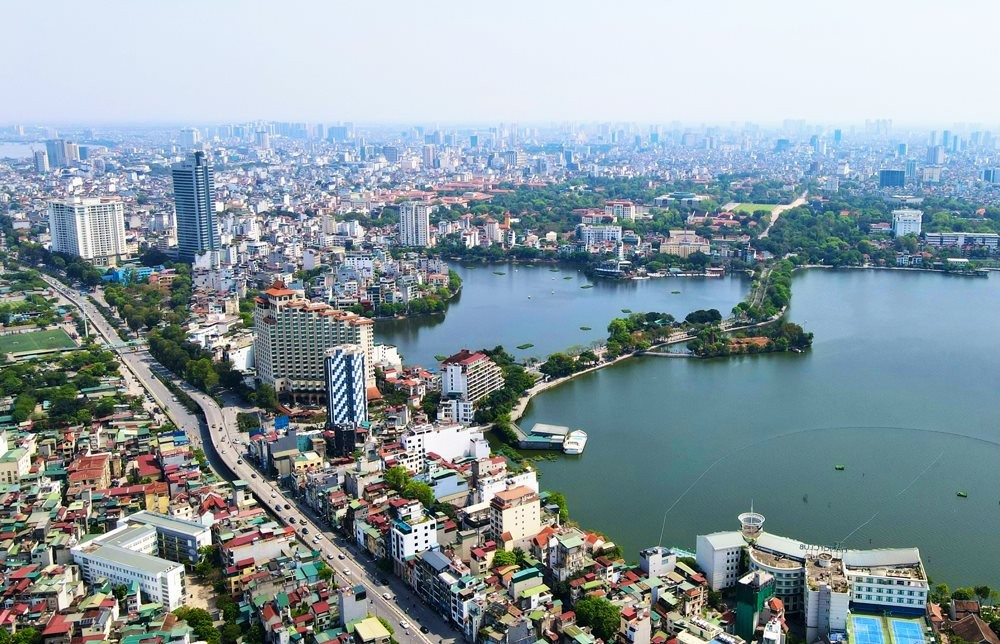 |
| The capital Hanoi is oriented to become a "Green - Cultural - Civilized - Modern" city. (Source: Hanoimoi) |
Great opportunities and challenges for Hanoi
Hanoi Capital with its role and position as the national political and administrative nerve center, a major center of economy, culture, education and training, science and technology... so each time the planning is established or adjusted is an important milestone in the development of the Capital. Adjusting the Capital's General Planning with many new requirements always comes with both great opportunities and challenges for Hanoi.
In practice, from 2011 to present, a number of legal regulations related to construction planning and urban planning have been amended, supplemented or newly issued such as the Construction Law 2014, the Planning Law 2017, along with adjustments to the national and regional socio-economic development strategies and urban and rural development, which have affected the nature, function and development orientation of the Capital. In particular, a series of resolutions recently issued by the Politburo along with national sectoral plans... have set out many new requirements for the planning and urban development of the Capital Hanoi that need to be reviewed and adjusted accordingly.
Closely following and concretizing the Politburo's resolutions related to the direction and tasks of developing Hanoi Capital; laws, decrees, circulars related to construction planning and urban planning, and decisions approving relevant higher-level planning, Hanoi has sufficient practical and legal basis to carry out the task of adjusting the overall Master Plan for Construction of Hanoi Capital to 2030 and vision to 2050 (Plan 1259).
Hanoi Capital is oriented to become a "Green - Cultural - Civilized - Modern" city, a dynamic, efficient urban development, highly competitive domestically, regionally and internationally; with a good living and working environment, high-quality entertainment activities and favorable investment opportunities. The proposed urban cluster development model includes 1 central urban area, 5 satellite urban areas, ecological urban areas, towns and rural areas; connected by a belt road system combined with radial axes, linked to the traffic network of the capital region and the country.
In particular, Hanoi has a legal basis to adjust the planning when the Politburo issued Resolution No. 30-NQ/TU on socio-economic development and ensuring national defense and security in the Red River Delta region to 2030, with a vision to 2045.
The master plan for the construction of Hanoi Capital to 2030 and vision to 2050 sets out the goal of building Hanoi Capital to develop sustainably, with a synchronous and modern social and technical infrastructure system, harmoniously developing culture, preserving heritage and historical relics, with economic development, focusing on knowledge-based economy and environmental protection, ensuring national defense and security in the direction of regional, national and international connectivity.
Making a recommendation, Director of the Hanoi Institute of Urban Planning Luu Quang Huy said: “From the perceived limitations, in this round of overall adjustment of the Hanoi Capital Construction Master Plan, in addition to considering new factors arising in the planning implementation process, the study of feasible planning, consistent with the general development trend, closely linked with urban economic development, also needs to be developed by all levels and sectors, mechanisms, and procedures need to be perfected, avoiding problems right from the planning stage.”
Source


![[Photo] Party and State leaders attend the special art program "You are Ho Chi Minh"](https://vphoto.vietnam.vn/thumb/1200x675/vietnam/resource/IMAGE/2025/5/18/6895913f94fd4c51aa4564ab14c3f250)
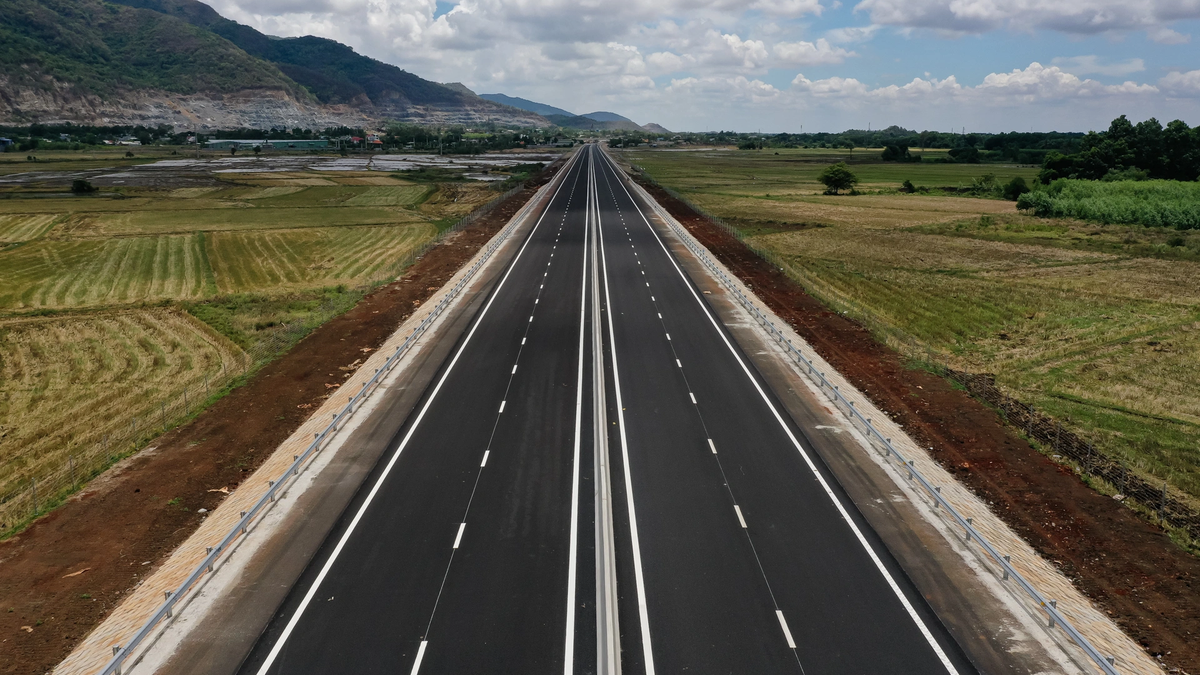

![[Photo] Party and State leaders visit President Ho Chi Minh's Mausoleum](https://vphoto.vietnam.vn/thumb/1200x675/vietnam/resource/IMAGE/2025/5/19/d7e02f242af84752902b22a7208674ac)
![[Photo] Special flag-raising ceremony to celebrate the 135th birthday of President Ho Chi Minh](https://vphoto.vietnam.vn/thumb/1200x675/vietnam/resource/IMAGE/2025/5/19/1c5ec80249cc4ef3a5226e366e7e58f1)



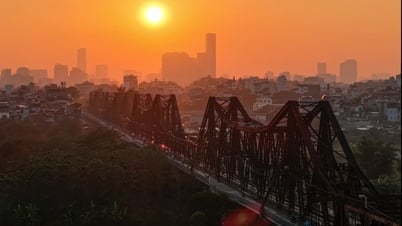




















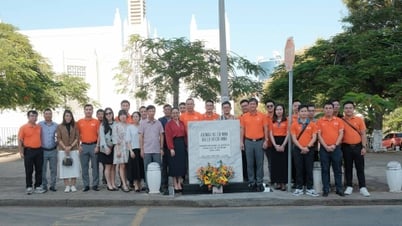

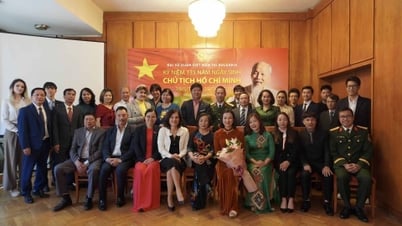
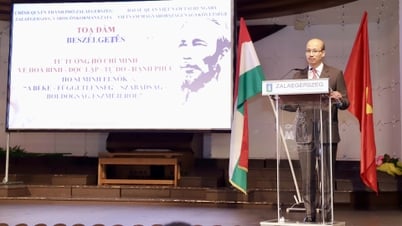
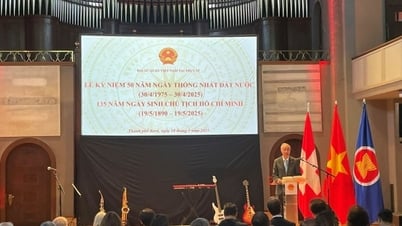

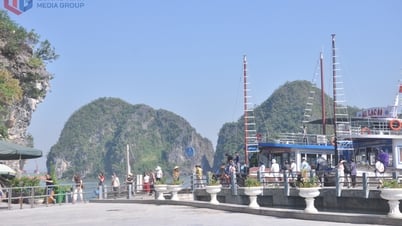



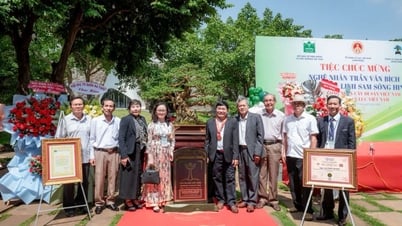











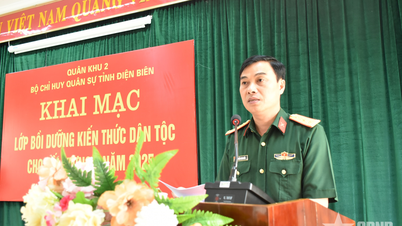

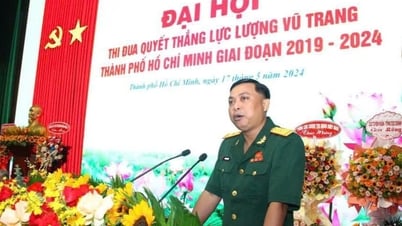

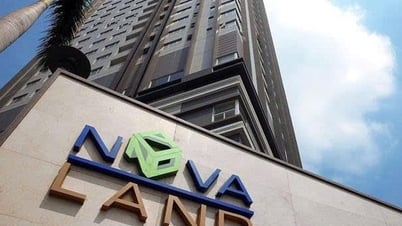

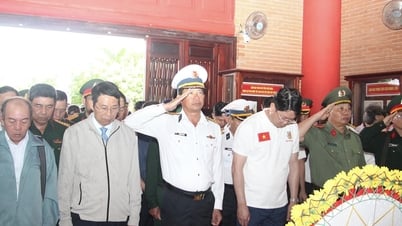
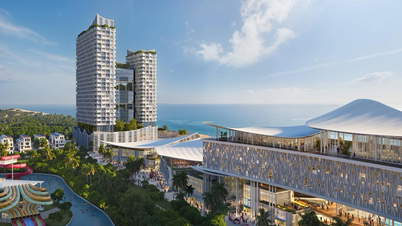
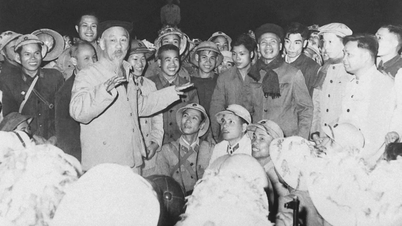
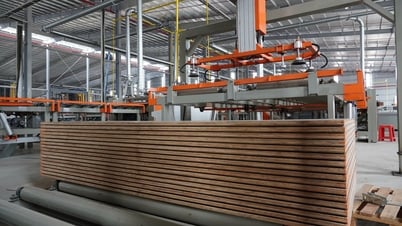





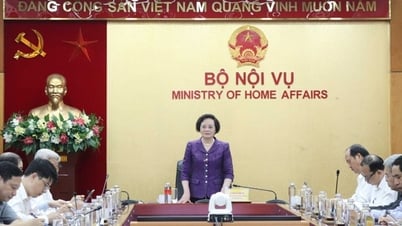

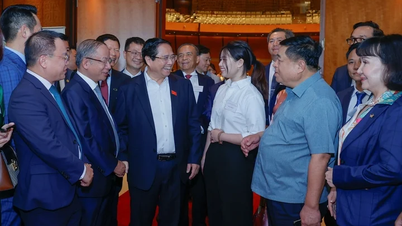
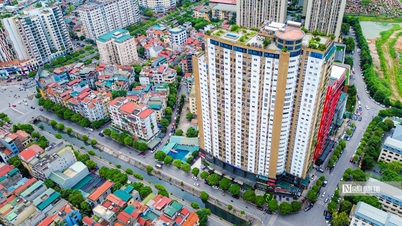


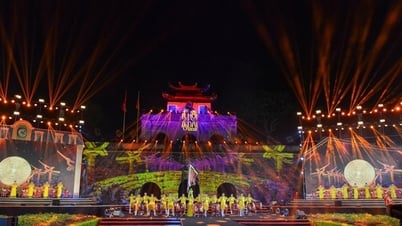


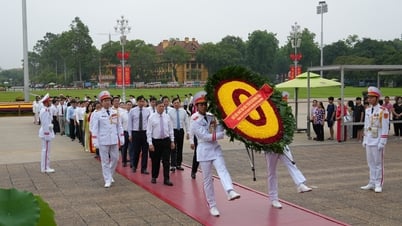

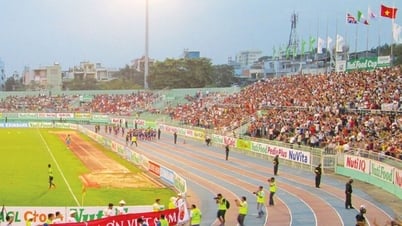
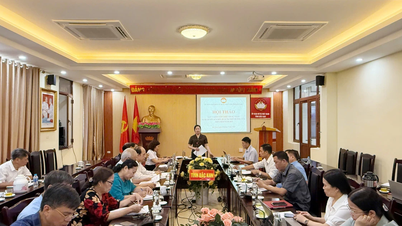

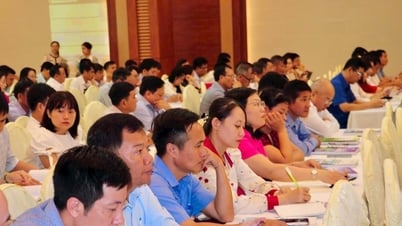

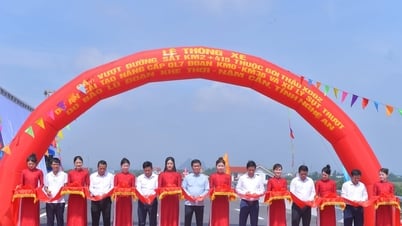
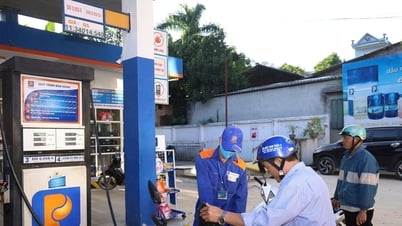
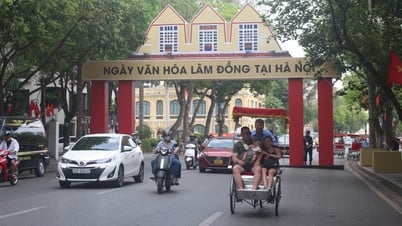

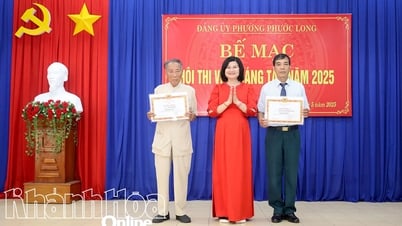










Comment (0)